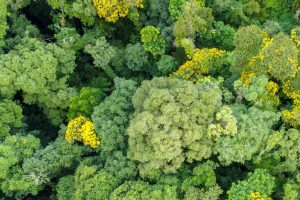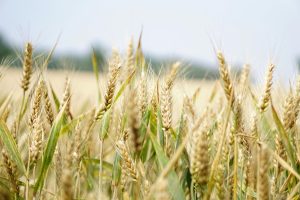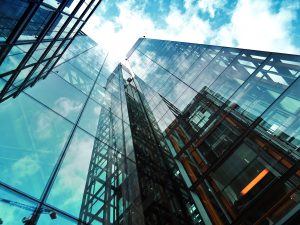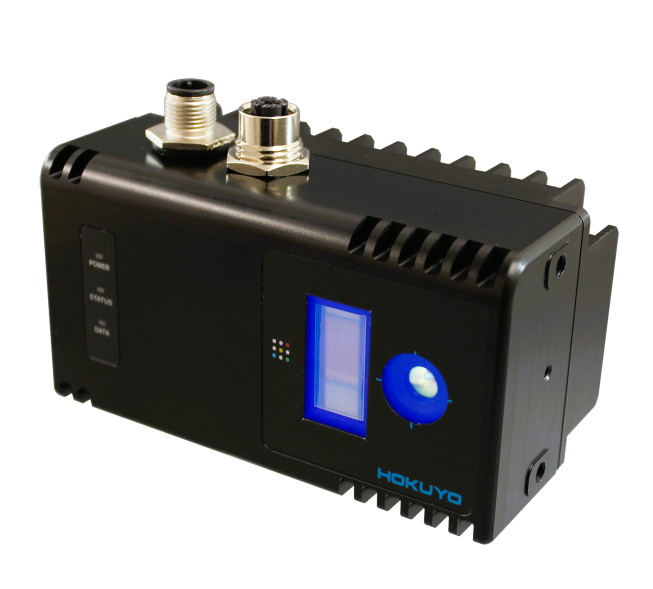The role of LiDAR for Autonomous Navigation
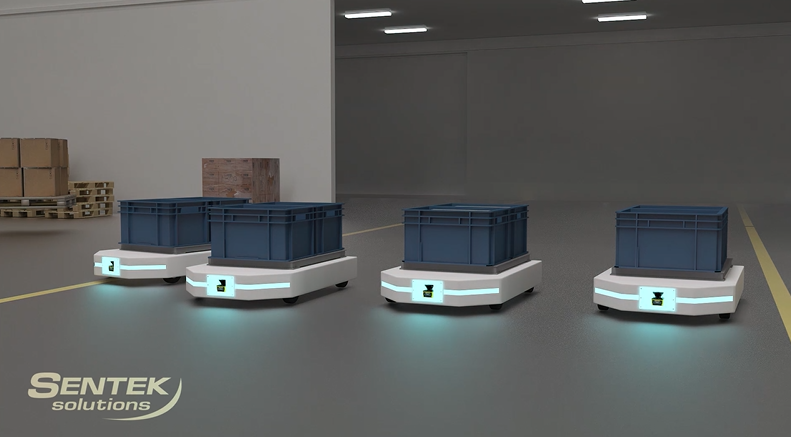
Maybe one of the most recognised examples of autonomous navigation is the driverless car. But they are only part of the story. Autonomous Guided Vehicles (AGVs) can be used in numerous ways and across many industries. LiDAR scanners enable AGVs to operate efficiently and safely. But how does it all work and how could your business benefit from this technology?
What is Autonomous Navigation?
Autonomous navigation means that a vehicle can plan its route and move safely and efficiently from A to B without human intervention. Key to this operation is the need to be dynamically aware of the surrounding environment in order to avoid collisions with people or objects.
How does it work?
For autonomous navigation to work in practical settings, there are three elements that need to be developed:
(1) Path planning – from a virtual map the AGV (or central computer) determines the optimum route that it will take. This is dynamic because adjustments will constantly need to be made; for example, if a worker walks in front of the AGV or a warehouse aisle is blocked.
(2) Navigation – real time awareness of surroundings determines the position of the AGV, its trajectory, speed and the presence of obstacles which might impede its progress. This information is constantly fed back to the Path planning function.
(3) Control – physical operation of the AGV; does it need to adjust its speed, turn left or right etc.
Each of these elements are interrelated and necessary to achieve the desired results and enable autonomous navigation.
The Role of LiDAR
Devices such as LiDAR scanners make autonomous navigation possible. A LiDAR emits an invisible infrared laser pulse, which is then reflected off surrounding objects and is detected by the scanner.
Due to the constant speed of light, distances between scanner and objects can be calculated. These measurements, in conjunction with the appropriate software, allow the AGV to recognise where it is located within an accurate map of the environment.
In a warehouse, where heavy or large quantities of goods need to be moved, AGVs can offer a driverless solution.
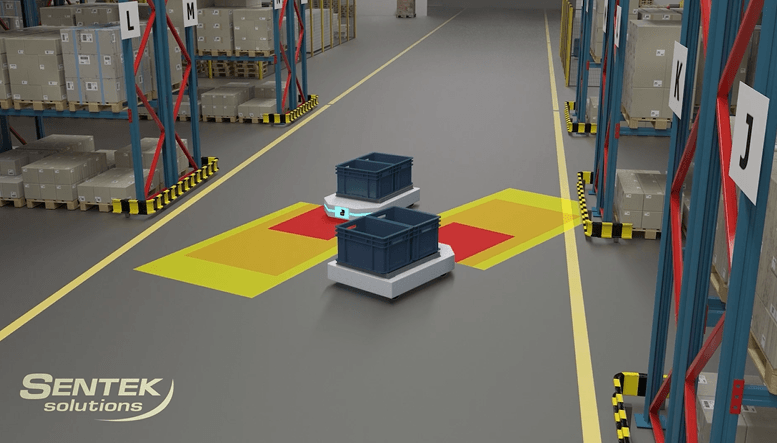
Our Hokuyo LiDAR scanners have a protective structure making them suitable for both indoor and outdoor environments. Plus, their multi-echo system allows them to deliver reliable measurements, even in fog, mist or rain.
Using safety scanners, like the Hokuyo UAM is essential where AGVs are to share an environment with humans or when safety certification is required. The Hokuyo UST as a highly specialised LiDAR also provides data necessary for navigation.
For environments where high-precision positioning is critical, Accerion’s Jupiter positioning module is an option. The Accerion system effectively maps the ground using sophisticated optical technology to provide absolute positioning for AGVs such as automated forklifts in warehouses or precision docking.
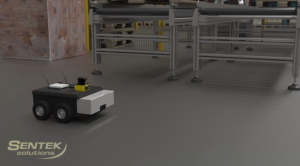
Why use Autonomous Navigation?
Autonomous navigation significantly enhances the efficiency and flexibility of Automated Guided Vehicles (AGVs) by enabling them to operate without fixed paths or external guidance systems. This allows AGVs to adapt dynamically to changing environments, avoid obstacles in real-time, and optimize routes for improved productivity.
As a result, businesses can benefit from reduced infrastructure costs, increased scalability, and improved safety and accuracy in material handling operations.
Safety
Being able to deploy AGVs in situations that are dangerous for humans is one reason. Construction workers, for example, face potential health & safety risks, but AGVs can reduce these risks.
LiDAR devices make it possible for automated drilling machines and excavators to be used on construction sites and with the construction of new roads. In rescue situations, rescue robots can be used to navigate sites that would be dangerous for humans. Earthquake sites, nuclear reactors, or dangerous buildings, for example.
Efficiency
Besides safety, there are also huge benefits in other industries, including agriculture, manufacturing, and harsh port environments.
Consider a farmer that has a vast area of land to manage. Using an AGV to patrol the perimeter and check the fences for damage or to assess flooding saves manpower.
As farmers face increased pressure to produce more and sell for less, harvest is a crucial time. Efficient harvesting is time consuming, but AGVs can play a part. Imagine rows and rows of olive trees that can now be harvested with automated olive picking machines.
Protecting crops from pests and keeping them watered is also important. AGVs are capable of doing this and they are getting more intelligent too. Testing the soil and the crops to determine which crops need water and how much.
AGVs can also support the manufacturing and import / export industries. In a factory or warehouse, an AGV can carry out tasks such as distributing or replenishing stock. A fleet of automated forklift trucks can operate alongside your existing workforce or can be used as stand alone.
LiDAR scanners are resilient to a range of weather conditions, so it makes them suitable for port applications such as automated rubber tyred gantry cranes. These huge pieces of equipment straddle multiple lanes and handle shipping containers waiting to be exported.
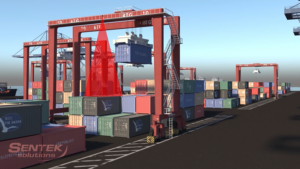
How could LiDAR be used for your Autonomous Navigation?
These are just some of the ways our products are currently being used. Every year, we meet people at exhibitions or get enquiries from companies who have found a new way of using our LiDAR devices to solve their navigation applications.
How could we help your business to become safer and more efficient? Just give us a call or send us a message. We would love to hear from you.
You can also browse our entire product selection here. Or follow us on Twitter or LinkedIn to stay up to date with all our news and product developments.

